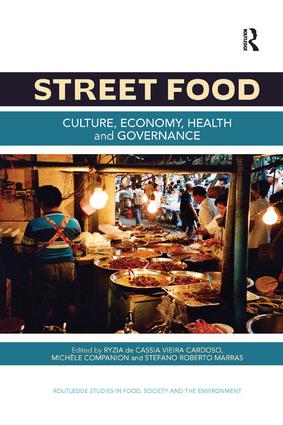Street Food Discount Authentic
$55.26 Original price was: $55.26.$43.10Current price is: $43.10.
Free Shipping On Orders Over $50.
Prepared foods, for sale in streets, squares or markets, are ubiquitous around the world and throughout history. This volume is one of the first to provide a comprehensive social science perspective on street food, illustrating its immense cultural naversity and economic significance, both in developing and developed countries.
Key issues addressed include: policy, regulation and governance of street food and vendors; production and trade patterns ranging from informal subsistence to modern forms of enterprise; the key role played by female vendors; historical roots and cultural meanings of selling and eating food in the street; food safety and nutrition issues. Many chapters provide case studies from specific cities in different regions of the world. These include North America (Atlanta, Philadelphia, Portland, Toronto, Vancouver), Central and South America (Bogota, Buenos Aires, La Paz, Lima, Mexico City, Montevideo, Santiago, Salvador da Bahia), Asia (Bangkok, Dhaka, Penang), Africa (Accra, Abidjan, Bamako, Freetown, Mozambique) and Europe (Amsterdam).
This book about street food provides valuable insights. It covers various aspects like policies, regulations related to street food and vendors. Learn about production and trade patterns. Understand the role of female vendors. Discover the historical and cultural meanings. Keep in mind food safety and nutrition while exploring the case studies from different cities around the world.
Be the first to review “Street Food Discount Authentic” Cancel reply
Related products
Snack Foods
Candy & Chocolate
Candy & Chocolate








Reviews
There are no reviews yet.